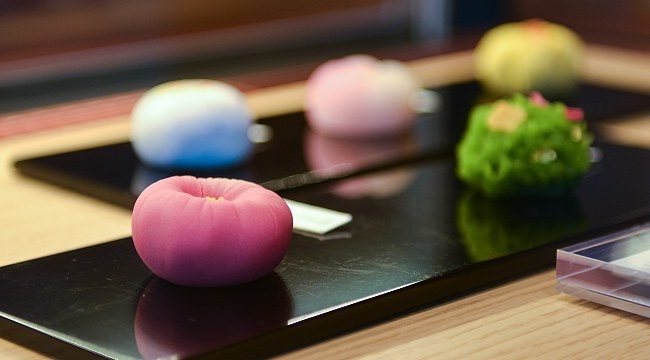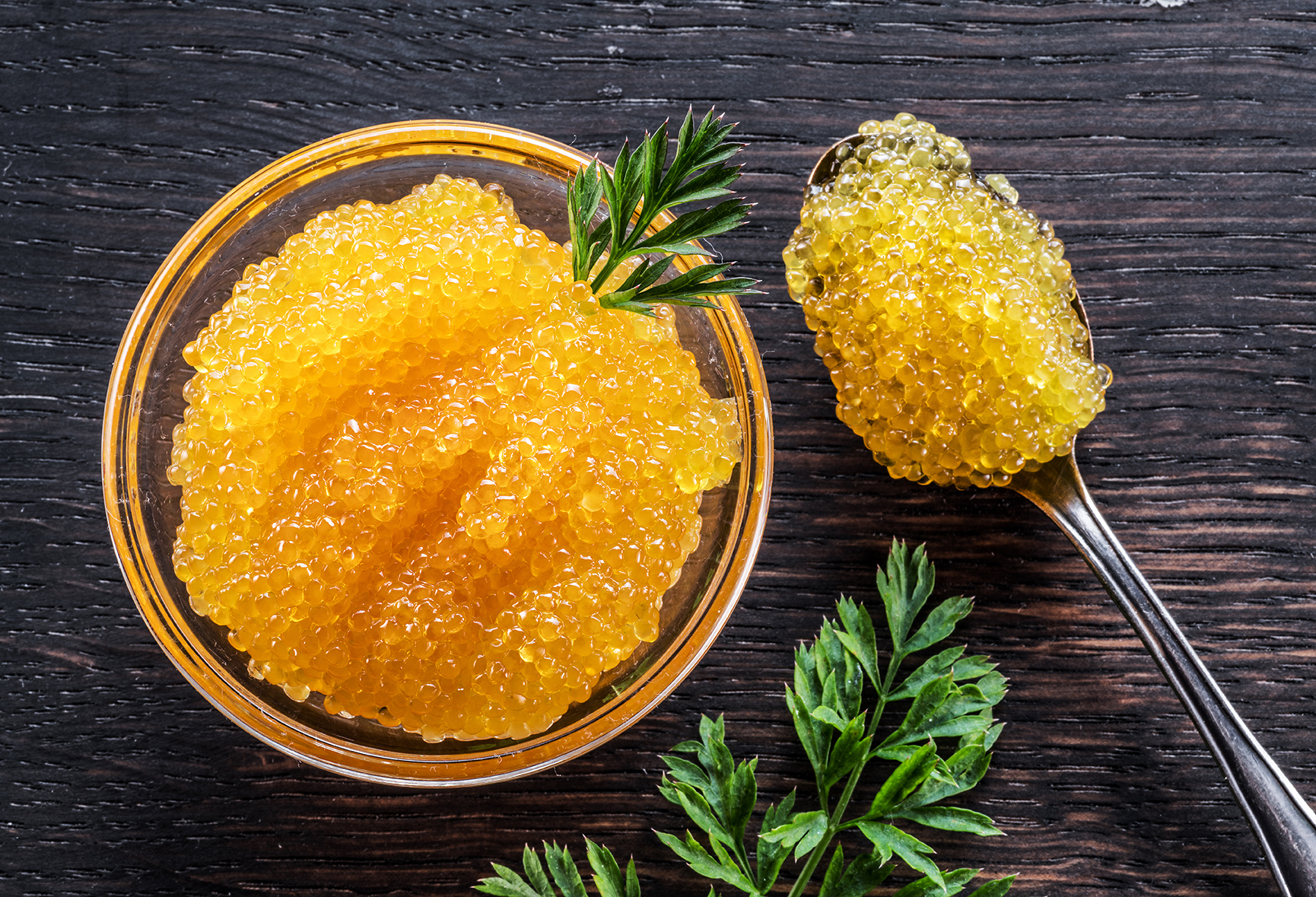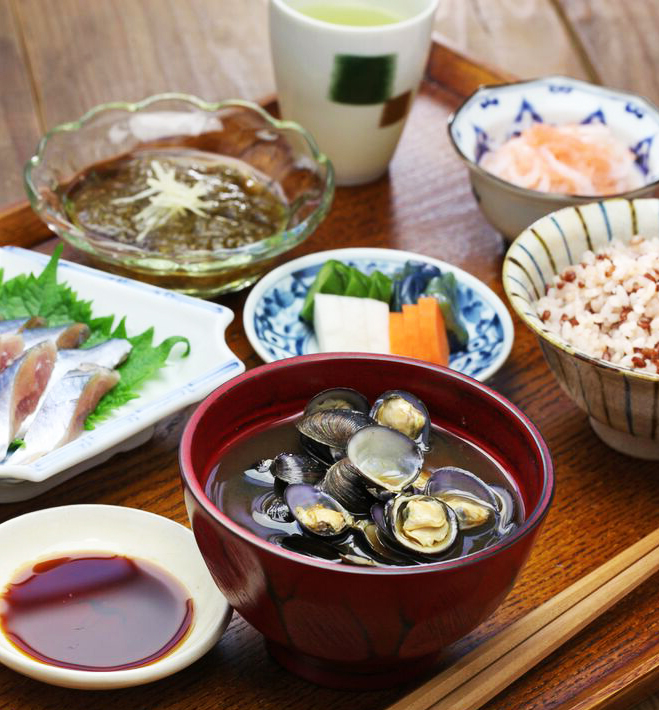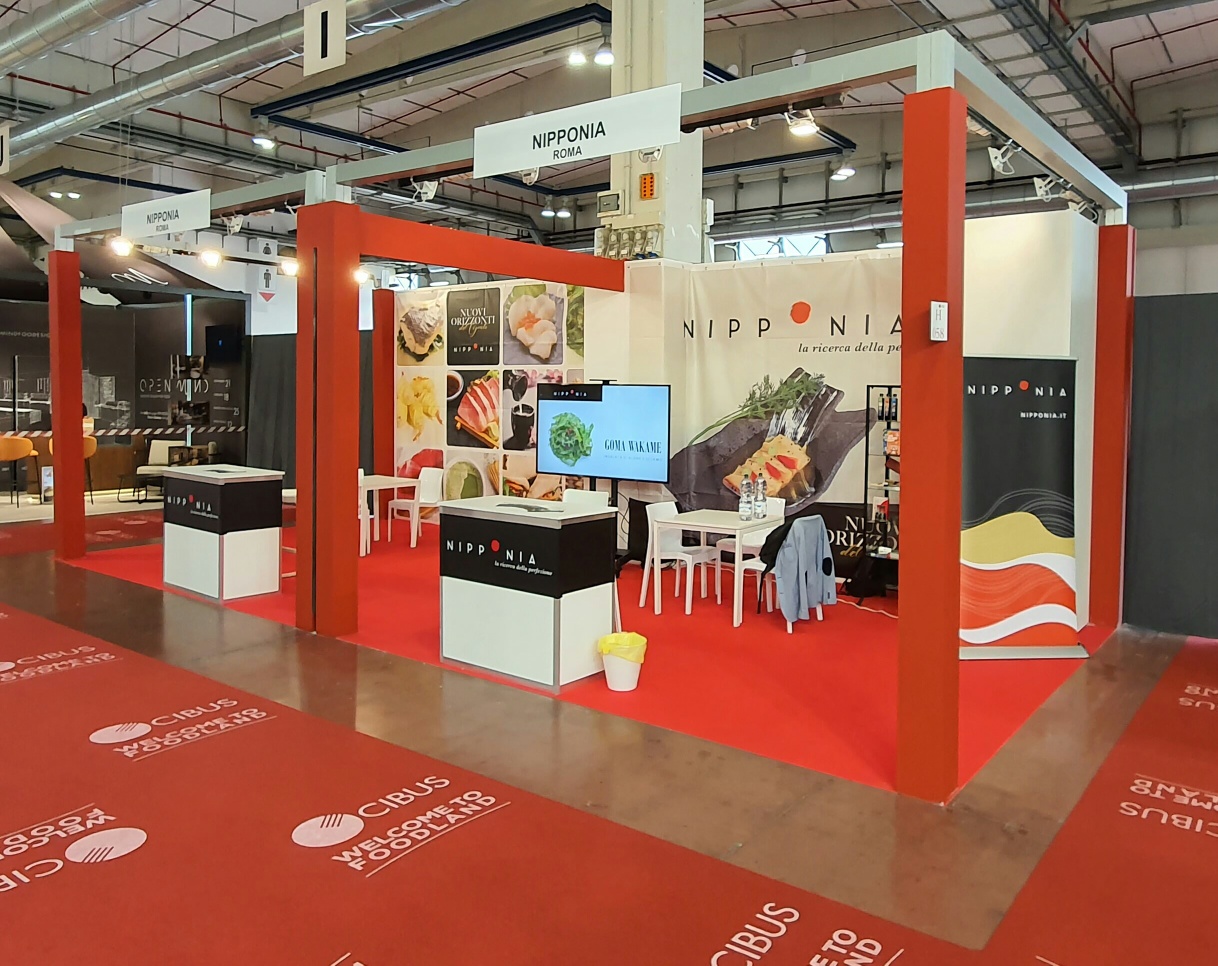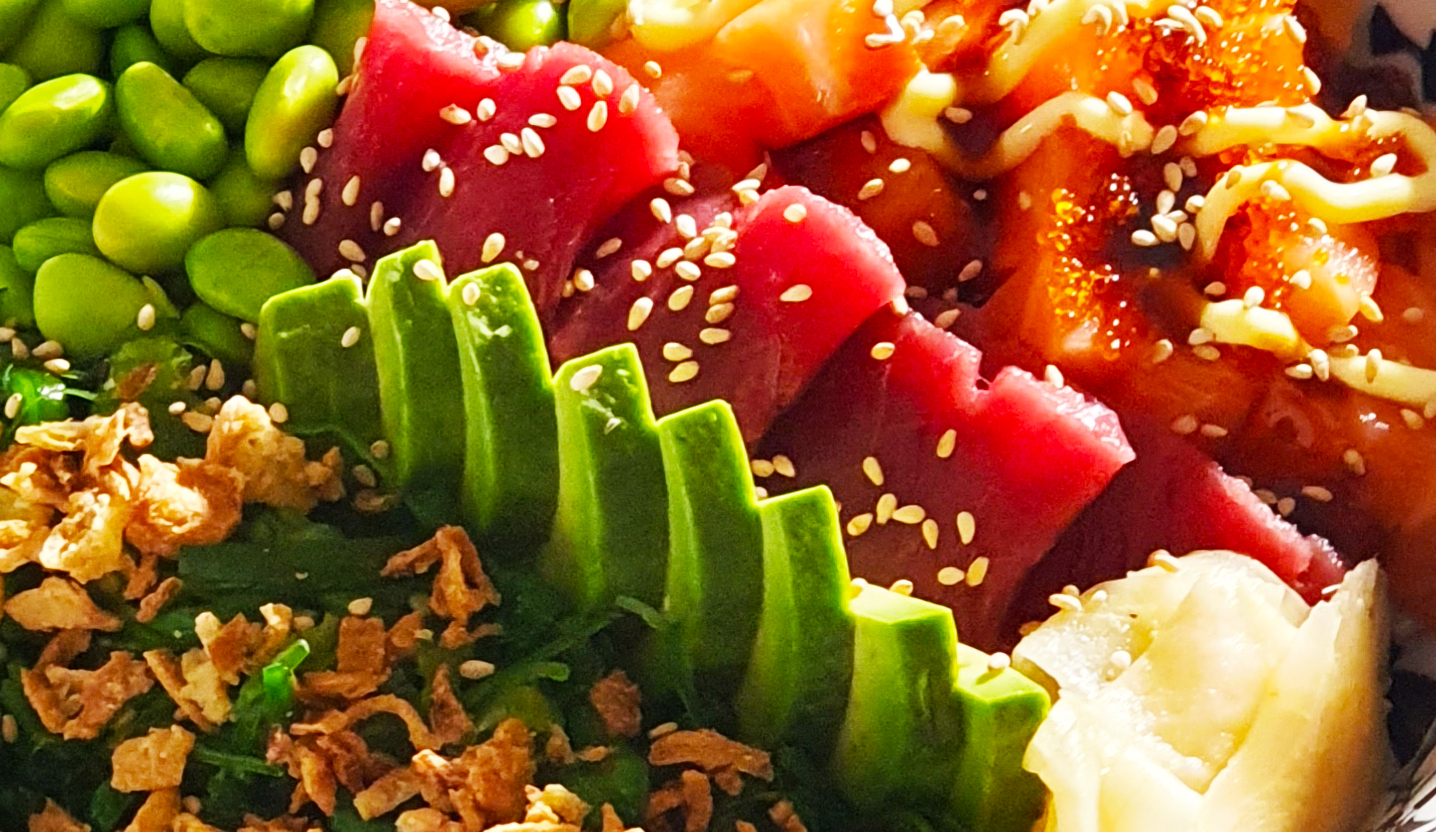Wagashi are typical Japanese sweets, created to accompany the traditional tea ceremony. Japanese sweets are famous for their distinctive shapes, so much so that they look like small handcrafted jewels. Soft little fish, colorful balls stuffed with mouthwatering fillings and lotus flowers pleasantly delight the palate. These cakes have different textures due to various preparation methods and ingredients, mainly of plant origin. Wagashi are typical of narrow regions of Japan, some are prepared at certain times of the year, others are part of Japanese street food.
Japanese sweets: how they are made
Anko is one of the most widely used ingredients in traditional Japanese pastries. This is a sweet cream made from red azuki beans and sugar, with which desserts are filled. The Japanese prepare two versions of anko: Koshi-an, which has a softer, smoother texture, and Tsubu-an, a puree, where the beans remain coarsely crumbled. Other ingredients commonly used to make wagashi include rice flour, kanten-a vegetable gelling agent, made from seaweed-sesame paste, and chestnuts.
Japanese wagashi: what are they
Japanese bakeries are famous for being so beautiful to look at, with all the wagashi on display, that it’s almost impossible not to give in to the temptation to walk in and taste one. Ideal to enjoy with green tea, such as matcha, here are the traditional Japanese sweets to try.
Namagashi
Namagashi are traditional Japanese sweets made from rice flour and filled with red bean jam. Each treat is meticulously hand-molded and offered in various delightful shapes-such as bunnies and flowers.
Mochi
Mochi, on the other hand, are soft, white balls made from glutinous rice, but can also be found in green or pink. These cakes are filled with anko, but there are also variations with pieces of whole fruit, called daifuku. The latter are covered with a dusting of potato starch and can also be strawberry or filled with ice cream.
Dango
Dango are small, sweet, steamed dumplings made from rice, potato, sesame or millet flour. They are usually served on a wooden stick and covered with a sweet sauce. Bocchan Dango are the famous colorful version of this Japanese dessert, in shades of pink, white and green. Dangoes can also be coated with starch syrup.
Dorayaki
Dorayaki is a treat where bean jam sits between two pancake-like cakes. This Japanese dessert can also be filled with chocolate.
Taiyaki
Taiyaki is a sweet, fish-shaped snack made with a pancake-like batter and filled with anko or custard, chocolate and cheese. Taiyaki are eaten while it is still warm and the batter is crispier.
Manju
Manju are small sandwiches that are stuffed and steamed or baked. These Japanese sweets are traditionally round with a smooth outer layer or offered in other shapes. The most famous is that of Momiji manjū-a type of manjū- shaped like a Japanese maple leaf. This is a local specialty of Itsukushima (Miyajima) Island in Hiroshima Bay.
Yokan
Among the oldest wagashi in Japanese culinary tradition is yokan. It is a jelly made with agar agar, sugar and azuki bean paste. The cake is in the shape of small rectangles, which, according to tradition, should be sliced with a wooden stick and savored in company.
